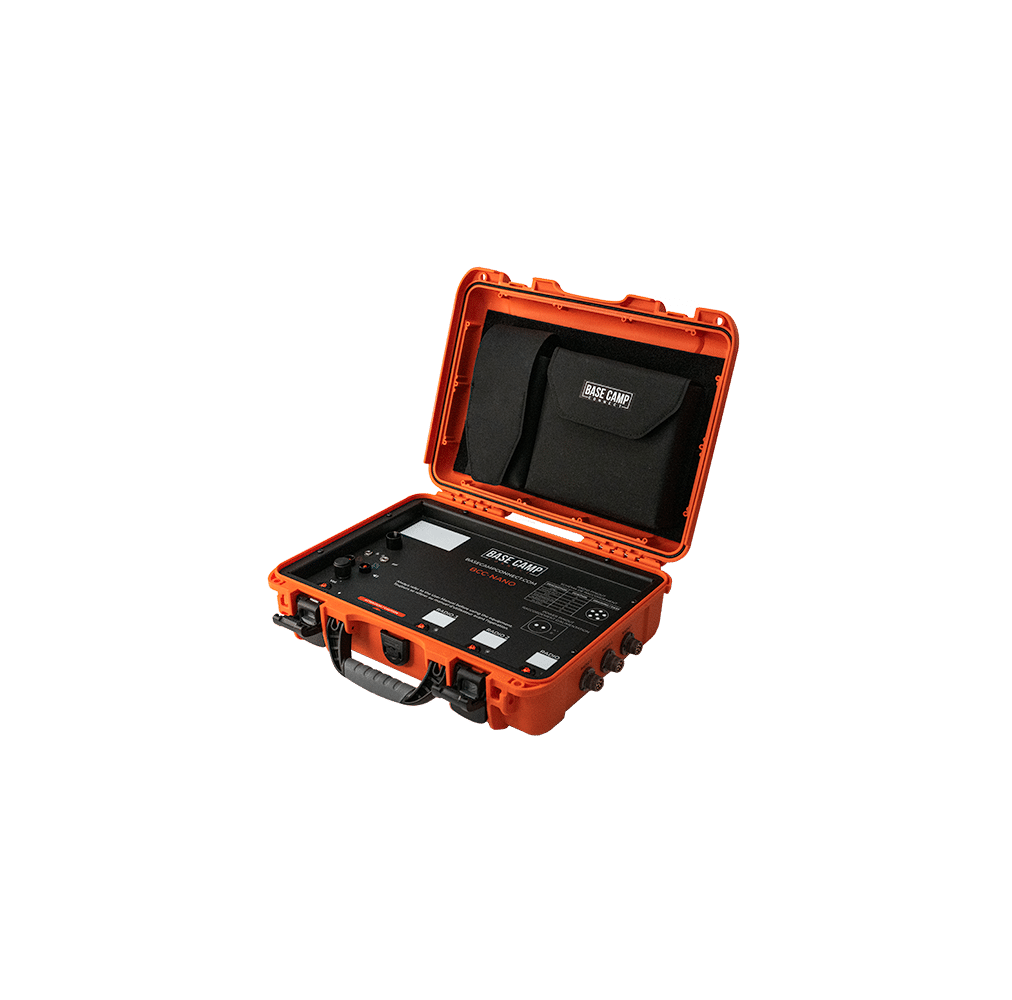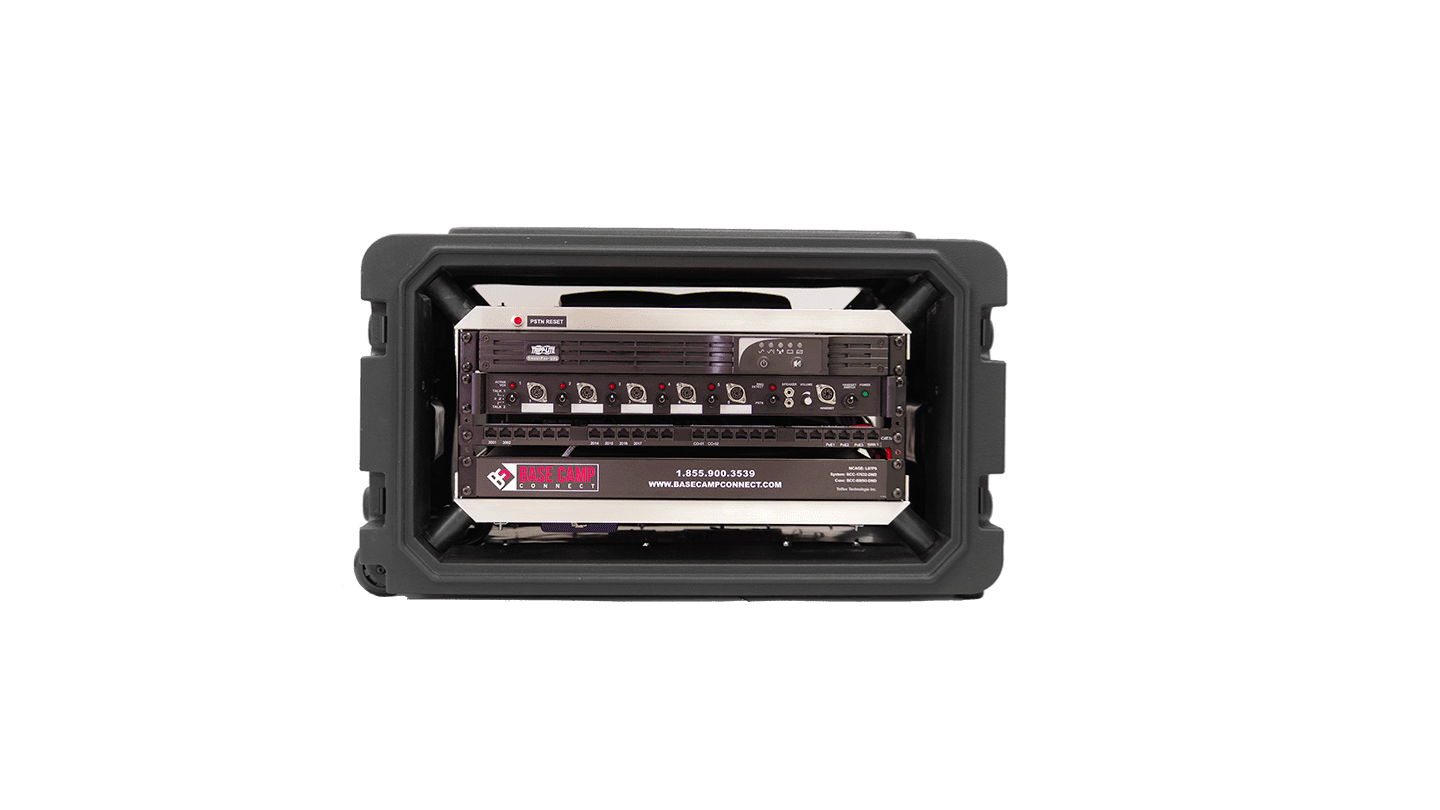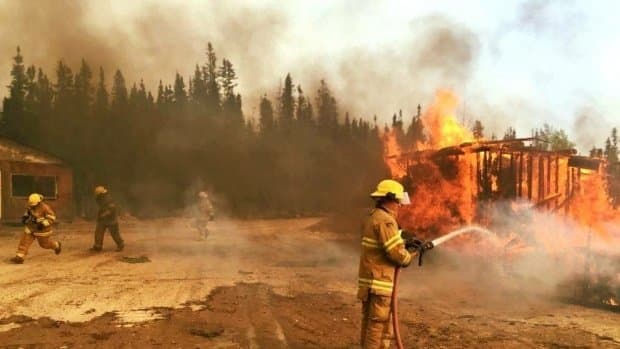During the early part of May 2016, there was a very serious wildfire that broke out in the area of Fort McMurray in Alberta, Canada. I have just read through the KPMG Fort McMurray Wildfire Report. KPMG was hired to do an after-action review of the entire event, make recommendations, and find lessons learned from this massive fire event. For the purposes of this article, I am going to look at the issues that were faced by the fire official from the communications aspects of the fire.
I wanted to also mention that this report spoke a lot about the need for training and education of all members of government so that they fully understand the ICS system. They also suggest that they should be more training of the many different levels of organizations so that they could more effectively respond and communicate at these large-scale events. “Collective training exercises should also be formalized. These exercises would occur between municipal first responders and involve additional stakeholders such as industry partners, Indigenous communities, and potential service providers (e.g. non-government organizations, school boards, etc.), within a region. This should also consider rotation exercises to make sure that several layers of backup resources are able to attend and be sufficiently prepared for a disaster”. Communications are not just first responders being able to talk among ourselves. We also need to ensure that we have an open line of communications to the public.
 Source: TheStar.com
Source: TheStar.com
The fire started on the afternoon of May 1, 2016 and it lasted over a 5 week period. The Provincial governments quickly stepped in and help with the command and control of the fire response. It found itself overwhelmed with the amount of resources needed, amount of people that needed to be evacuated, about 90,000, and the amount of offers of assistance that needed to be processed. As I talked about in a previous article, you need to plan differently for these large scale wide area events. In this case, the Province also supported communications between first responders during the wildfire through the Alberta First Responder Radio Communications System. The deployment of AFRRCS proved extremely valuable as the Region dealt with power outages and damaged cell towers from May 3 onward.
In 2011, the Deputy Ministers’ Public Safety Committee (Committee or DM PSC) was formed to provide a strategic focus to public safety and emergency management by coordinating priorities across the Government of Alberta and to make related recommendations to Cabinet. The Committee’s terms include the provision of strategic direction and advice on a range of public safety issues including governance, risk assessments, collaboration, and communications, identification of training requirements, and responses to and recovery from specific hazards or emergencies.
According to the KPMG report: “The Alberta First Responder Radio Communications System (AFRRCS) is a province-wide two-way radio network designed specifically to improve and integrate radio communication among first responders from different agencies. The digital radios are capable of holding multiple channels, which allows designated groups to be created within the network, as well as integration of multiple users on a single channel, all within a single system. There are numerous advantages associated with AFRRCS as a leading technology solution for emergency communications including:
- Efficient and effective coordination of joint responses by first responder agencies using AFRRCS to emergency events
- Improved and integrated radio communication among first responders from different agencies (e.g. emergency medical services, fire and police)
- Reduced overall cost of radio system infrastructure and streamlined asset management capability, and more resilient radio communications during widespread and sustained emergency events.
While AFRRCS was not planned to be officially launched until July 2016, the system and team were successfully deployed by the Province in May 2016 to support the Wildfire response. The deployment of AFRRCS proved extremely valuable as the Region dealt with power outages and damaged cell towers from May 3 onward. The Canadian Telecom Emergency Preparedness Association also provided support to the primary telecommunications providers in the Urban Service Area of Fort McMurray as they initiated their own corporate emergency response plans and at one point over 250 AFRRCS radios were used to coordinate the actions of 32 fire response entities.”
When you are planning for disasters, you should review a document that was referenced in this report; “The United Nations’ Sendai Framework for Disaster Risk Reduction notes that it is necessary to empower local authorities and local communities to reduce disaster risk through resources, incentives and decision-making responsibilities, as appropriate. This speaks to the ongoing importance of providing prevention programming at the local level”.

Source: CBC.ca
One of the most difficult issue to deal with during a disaster is where are the resources I need, how do I get them here (here means a designated staging area) and how do you track them. In the KPMG report, this was talked about in Recommendation #8:
“Create resource and asset management system capabilities
The province should invest in integrated resource and asset management capabilities as part of its Alberta DisasterLAN system that enables:
– Pre-loaded information on vendors and resource inventories that are available; inventories should include resources that are needed to stabilize a community, prepare for re-entry, and support recovery, not just resources to respond to the incident itself
-The management and tracking of deployed resources and people, and
– Communication from the POC to local Emergency Operations Centers and elsewhere regarding resource deployment and confirmation of receipt. This system should be supported by clear, documented roles and responsibilities, processes, and communication guidelines to call for, deploy, receive, and demobilize resources appropriately. Demobilization guidelines should be developed to assist resources return to normal operations, including any health and mental wellness monitoring or support that is needed. Currently, a financial module is being implemented in the Alberta DisasterLAN system, which would be complementary to this resource and asset management capability. Municipalities should also be able to access this system during a State of Emergency when they are working closely with the POC.” I have seen a number of times that a resource was requested and the request gets lost in the process or the resource arrives and command is not informed and it just sits unused. “The findings stated that the level of resource coordination required to manage this event at both the provincial and municipal levels was unprecedented. Offers of support were overwhelming, and it was a challenge to identify the best resources, deploy them with appropriate communications, receive them, utilize and support them effectively, and demobilize them. It was also difficult to coordinate the logistics around supplies.”














